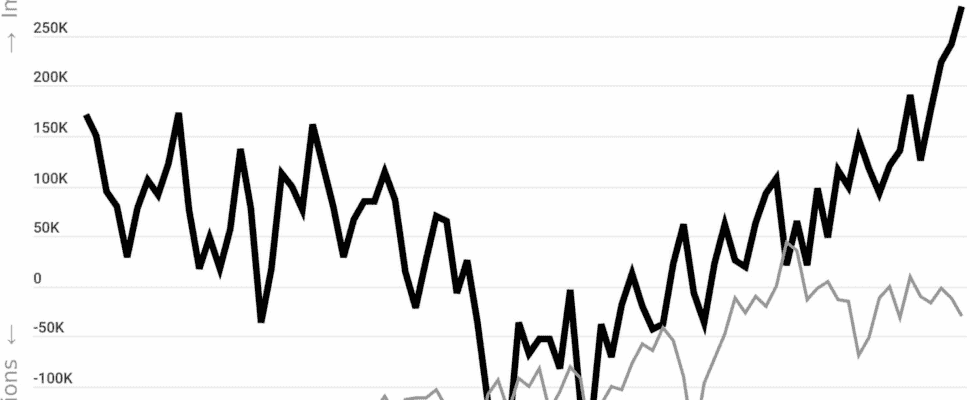The latest figures this Thursday are eloquent. While the shortage awaits, the production and consumption of electricity in the country have been dropping since mid-November, forcing France to buy energy massively from its neighbors.
If you needed a figure to fuel a little more concern about the electricity shortage in France, it would probably be this one. Yesterday Thursday, December 8, when temperatures began to drop drastically in the country and the day ended with a major blackout in Paris, France imported a total of nearly 286,500 megawatts of electricity (cumulative ). A record since the start of the season, which illustrates the chronic deficit that has set in since the fall. While we salute the efforts of the French in terms of consumption, with a reduced use of 6 to 7% in recent weeks compared to the averages according to the Electricity transport network (RTE), production does not follow, weighed down by a nuclear fleet undergoing maintenance and suffering from corrosion problems.
This Thursday therefore, France consumed a total of 1.6 million megawatts (MW) of electricity (data updated at 11:45 p.m.) with a peak recorded at 7:00 p.m. at 75,666 MW. This consumption was higher than production, which amounted to 1.35 million MW on Thursday. It is this gap that had to be filled by buying electricity from our neighbours, whereas in recent years, France has been more of an exporter.
If we compare to the averages of December 8 over the last five years (2017 to 2021), the finding is even more worrying: with temperatures falling sharply, consumption on Thursday recorded an exceptional increase, of the order of 43 899 MW more, while production was much lower, at 259,197 MW. Taking these two differences into account, France was therefore in reality in deficit by 303,096 MW yesterday compared to a ‘normal’ December 8th over the past five years.
Expected plant restarts
EDF announced in early November that ten of its 56 reactors will still be disconnected from the network in January, twice as many as expected in early September (up to 32 were shut down at the start of the school year). 42 units should be available in December and 46 in January. EDF has also revised its production forecast, announcing 275-285 terawatt hours of nuclear electricity for the year 2022, against 280-300 TWh previously forecast.
Read also
In a letter sent on November 4 to EDF, the Minister for the Transition Agnès Pannier-Runacher asked “to do everything possible to free up new room for maneuver for the passage of winter”, in particular by boosting production from hydroelectric dams and wind turbines. An increase in the power of these installations, hitherto limited by law, was in question.
A fee on hydroelectric dams was to be abolished via the new finance law. Regarding wind turbines, which are restricted in particular to avoid nuisance, the “possibilities of unclamping” had to be analyzed “site by site”, but as a priority.
